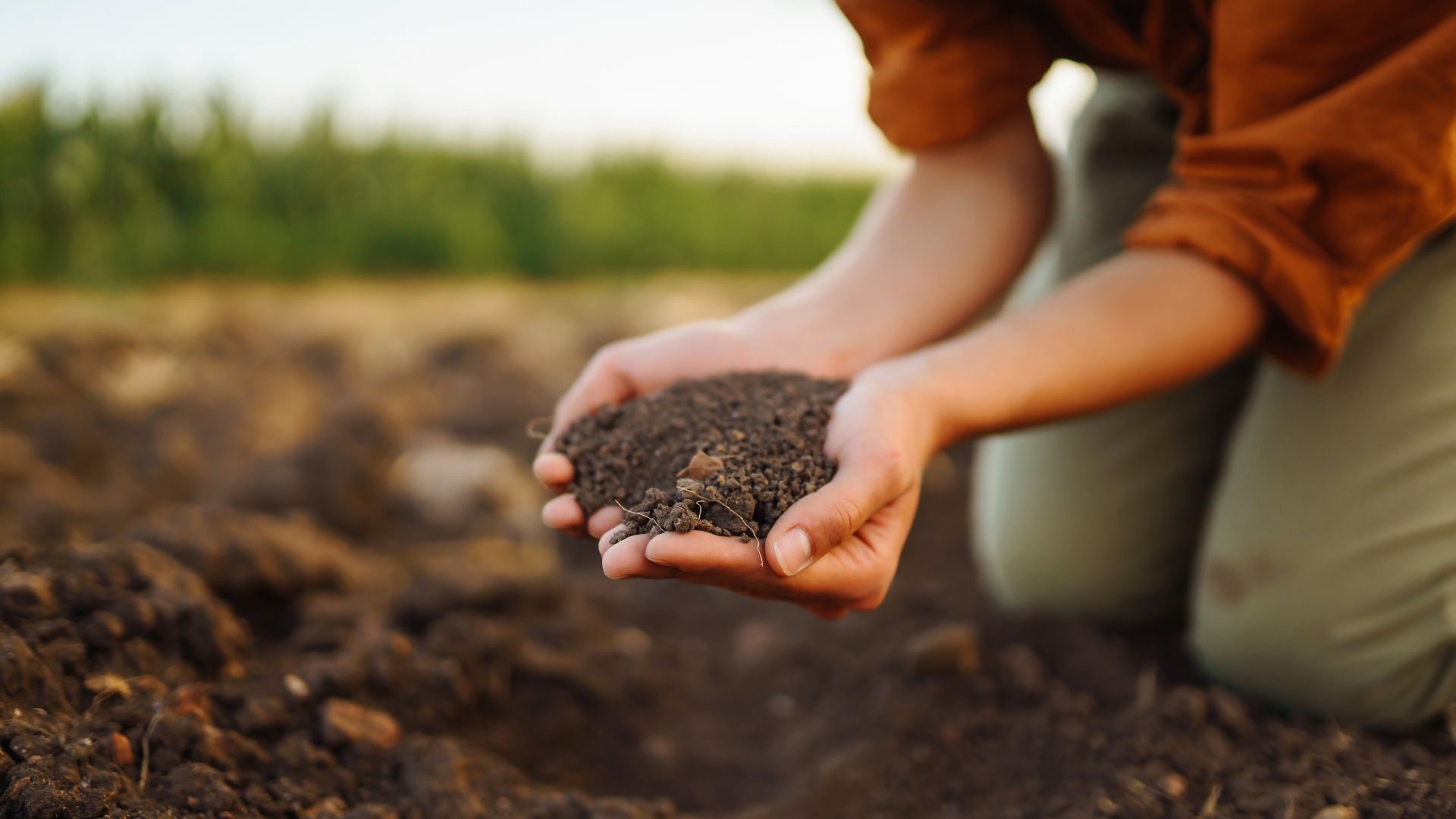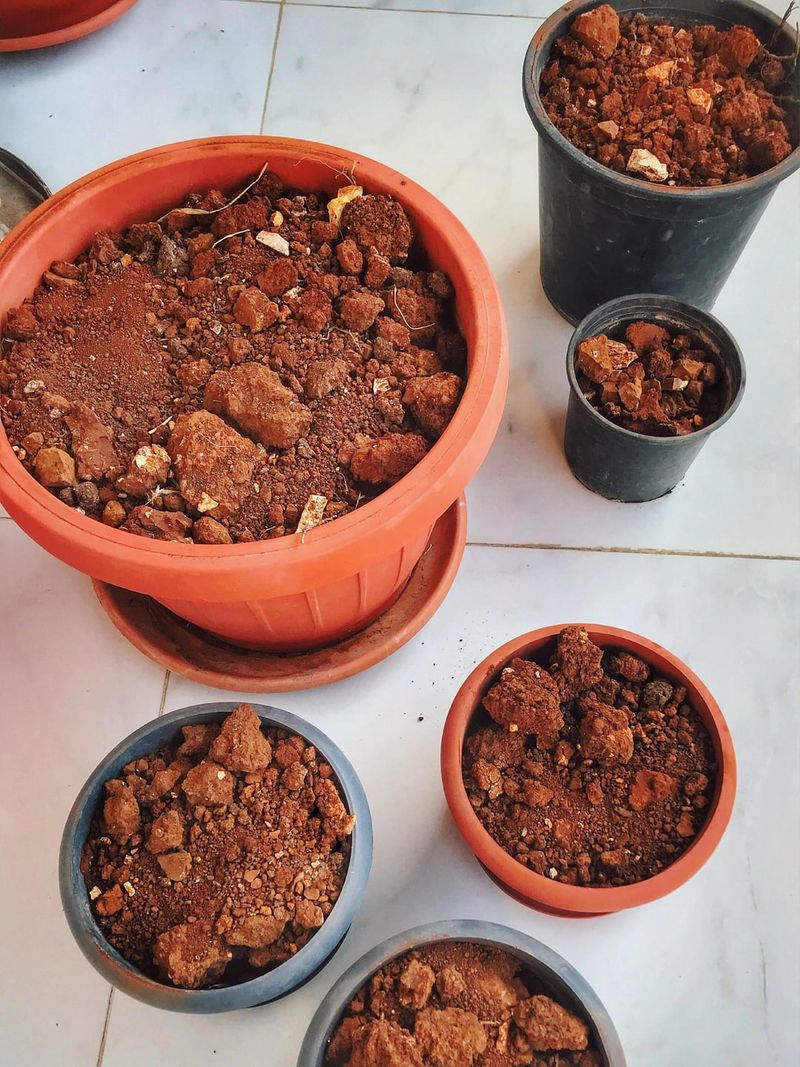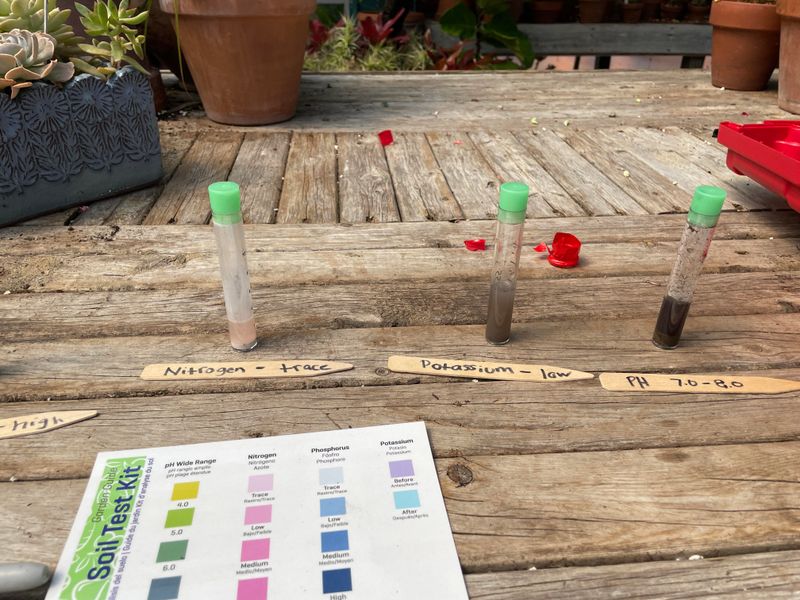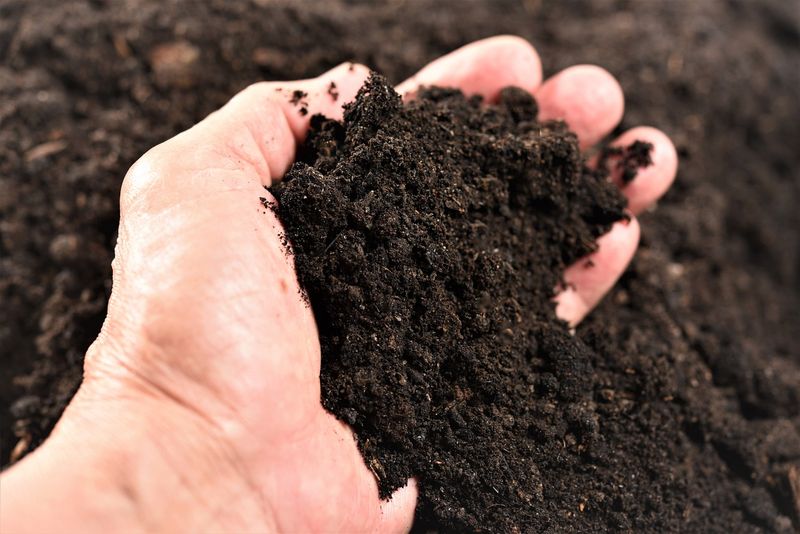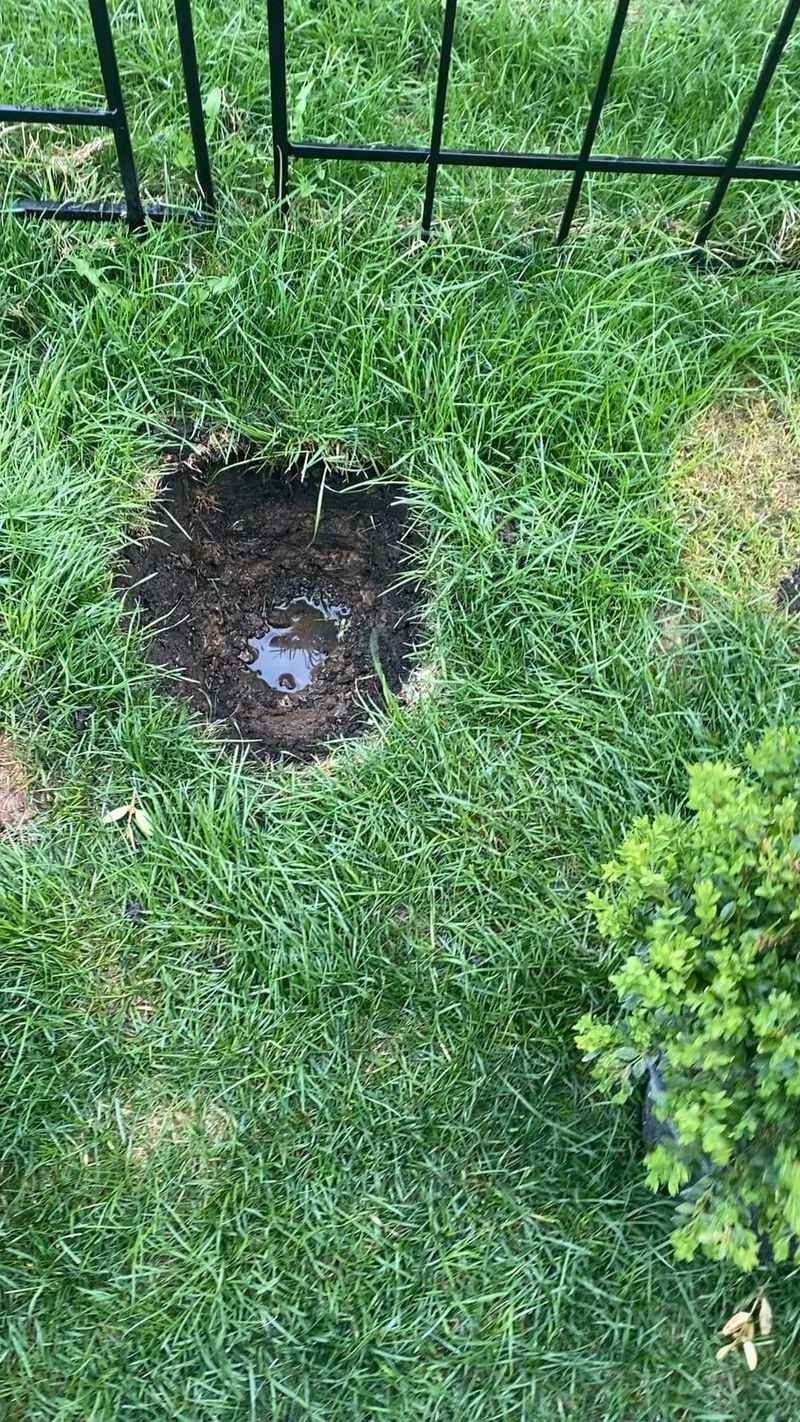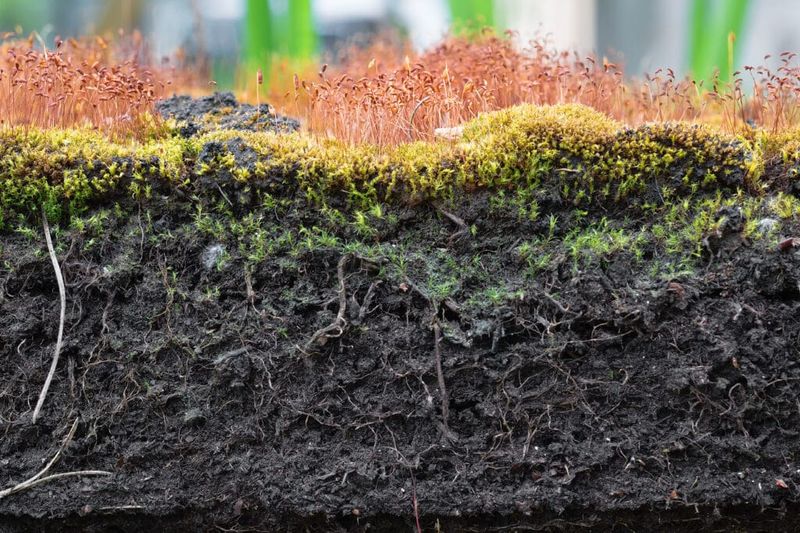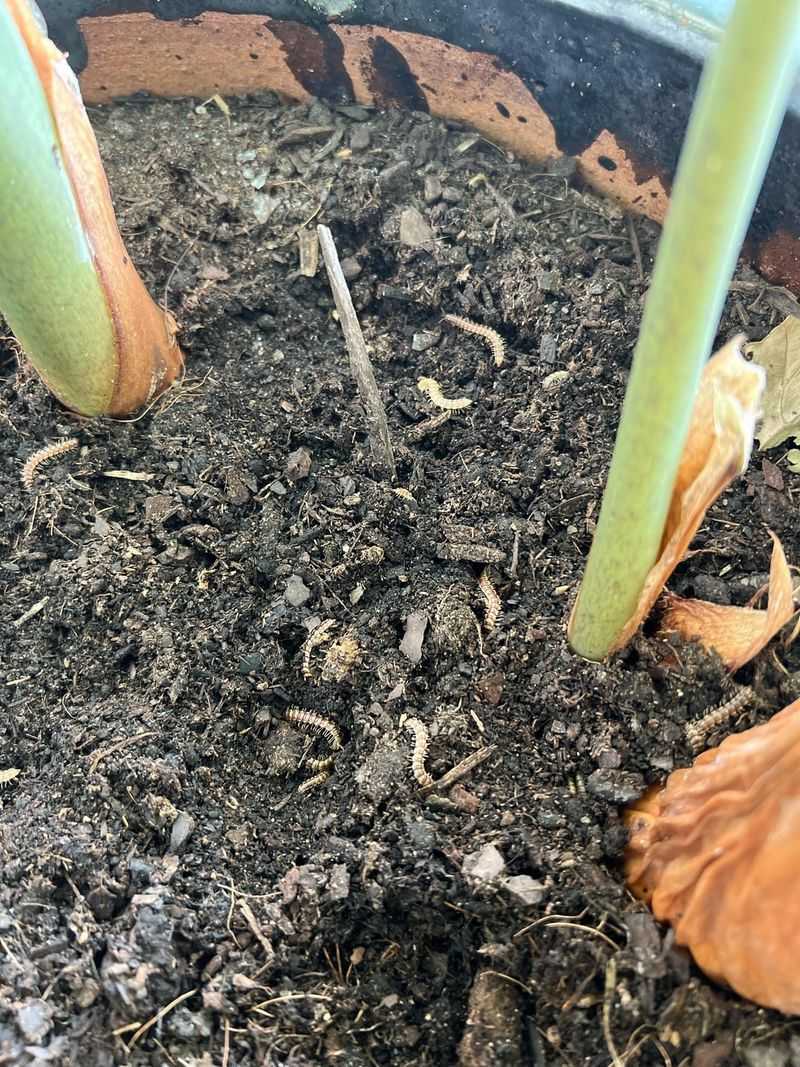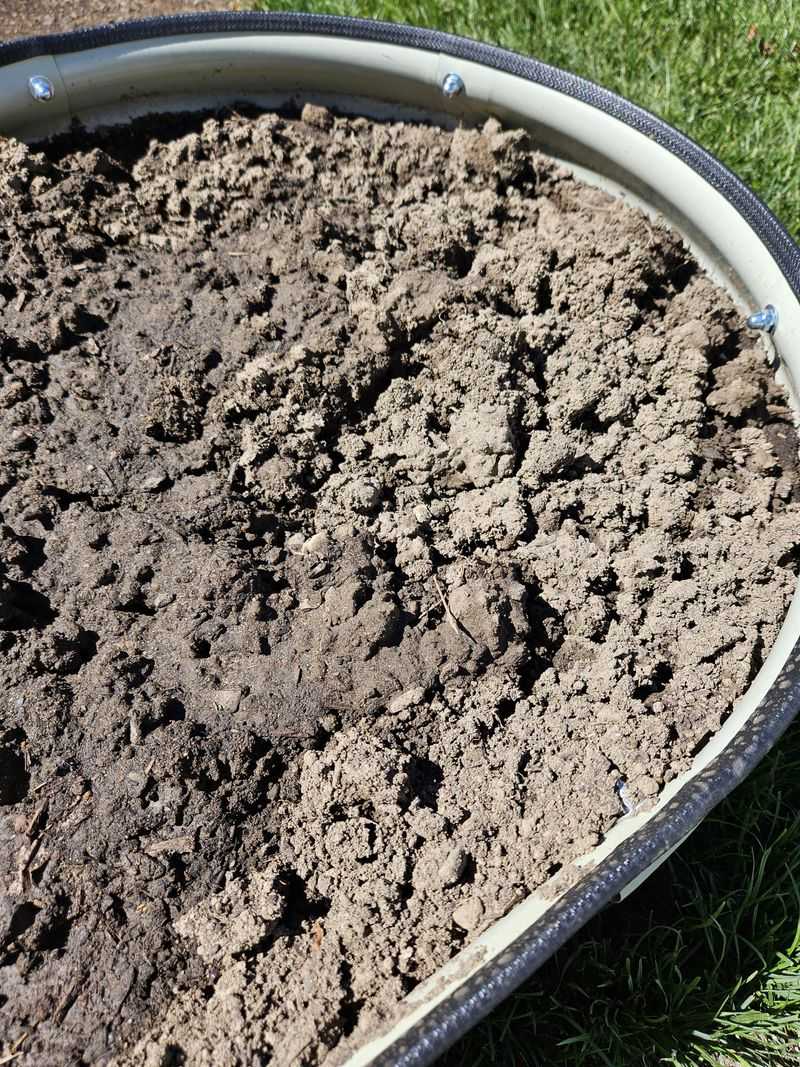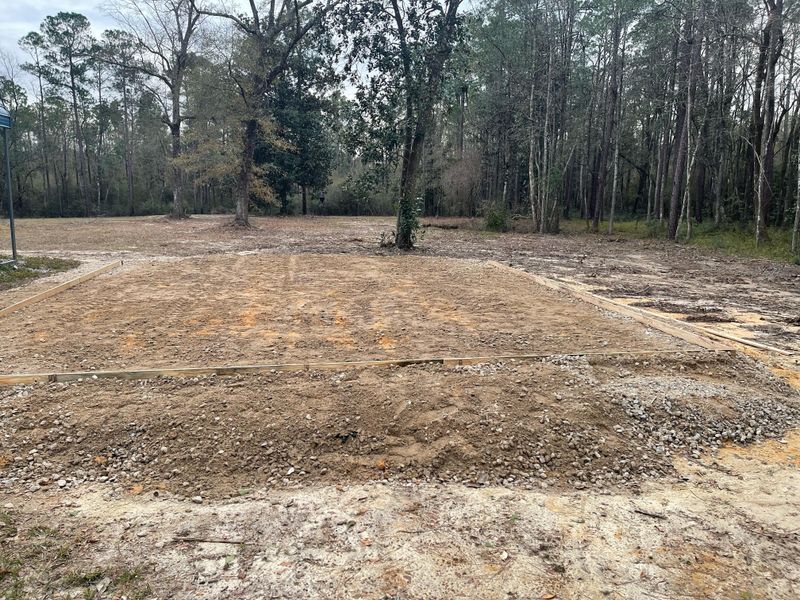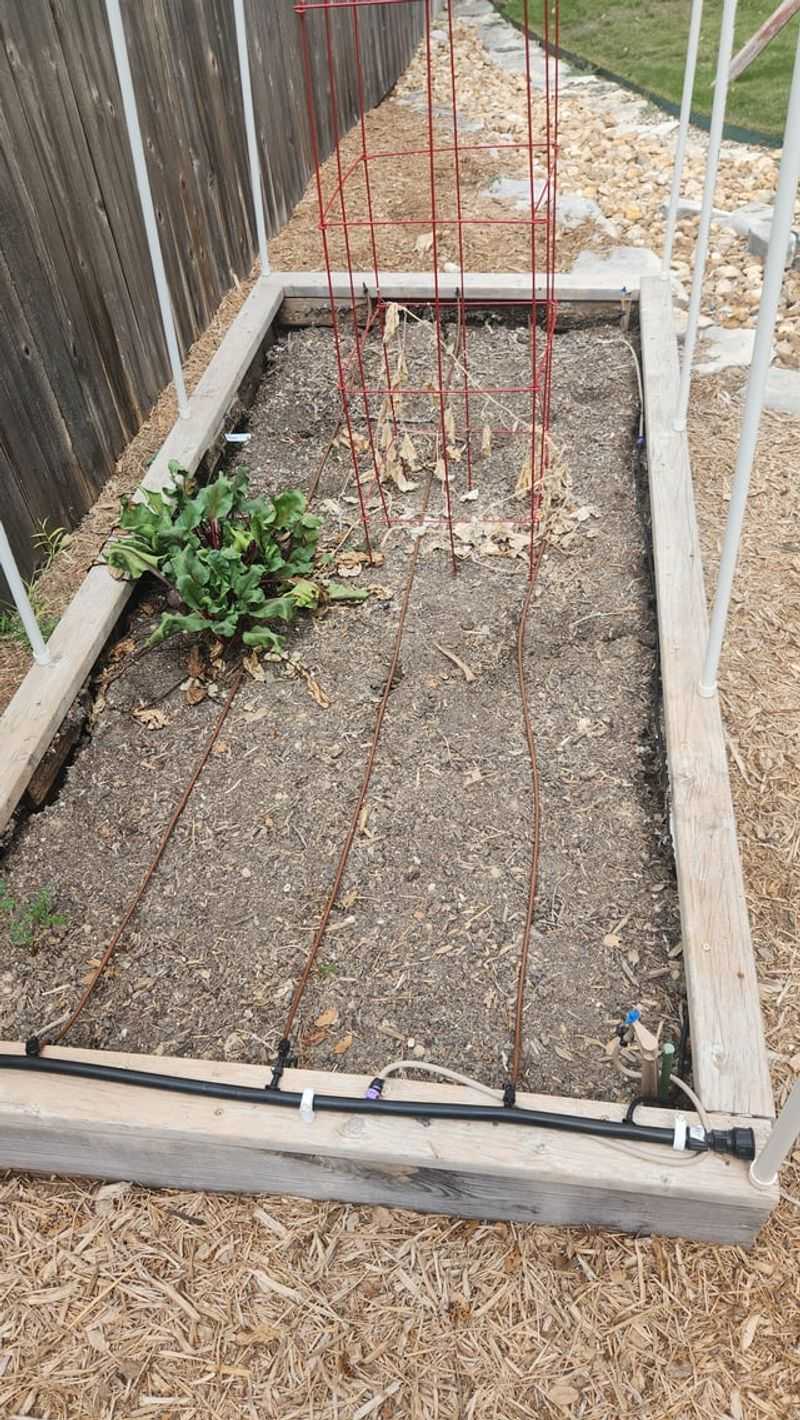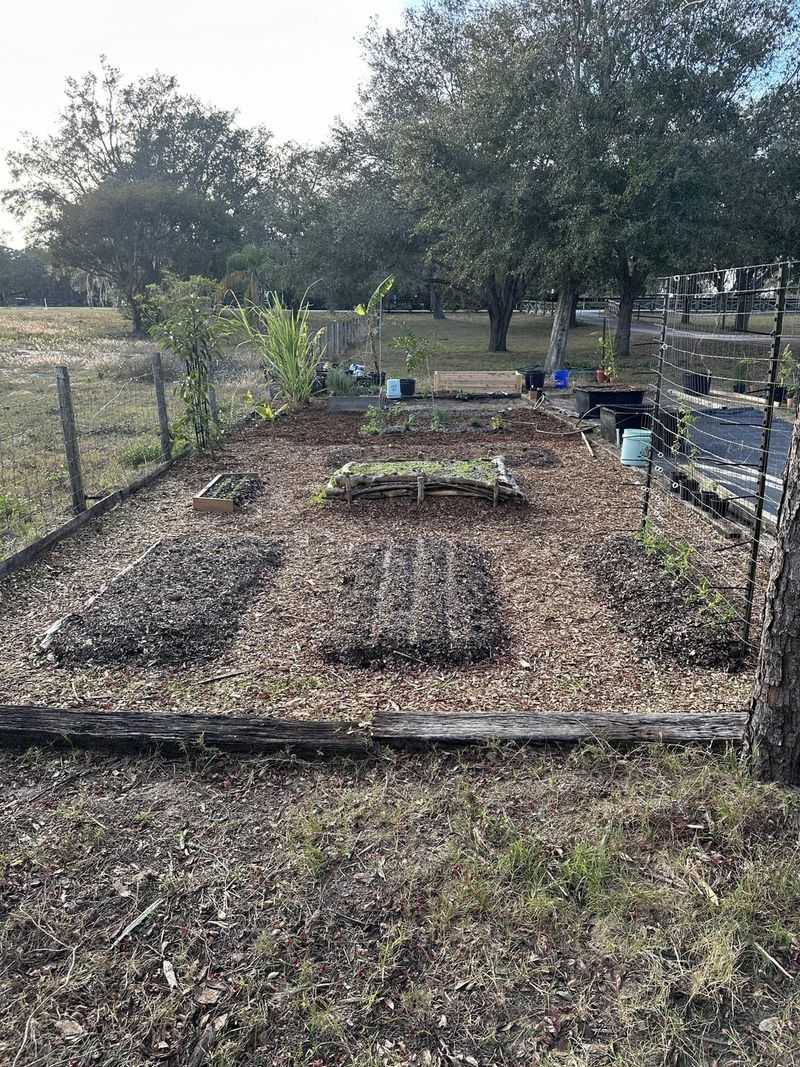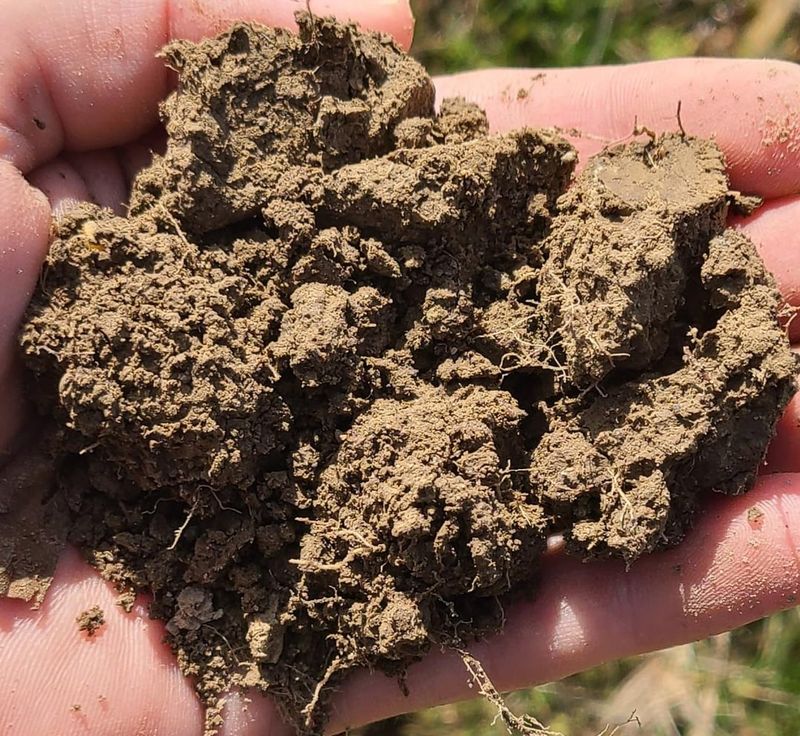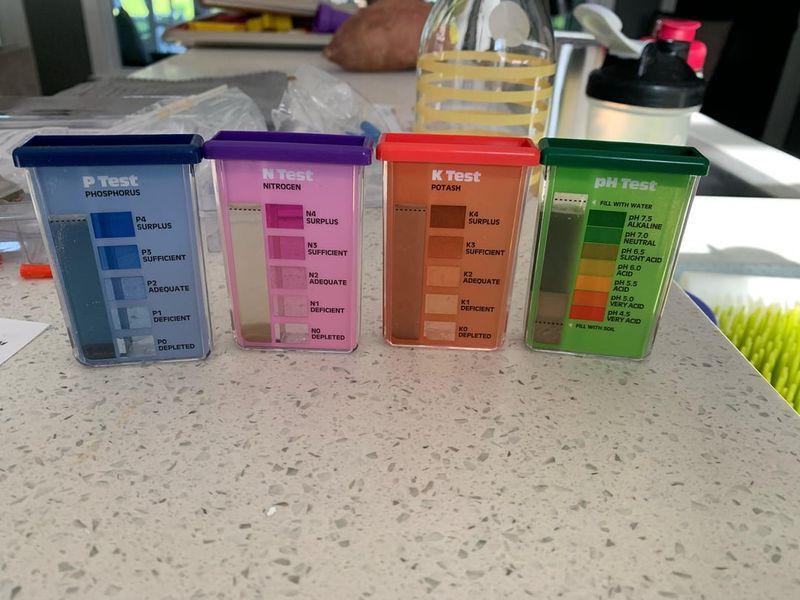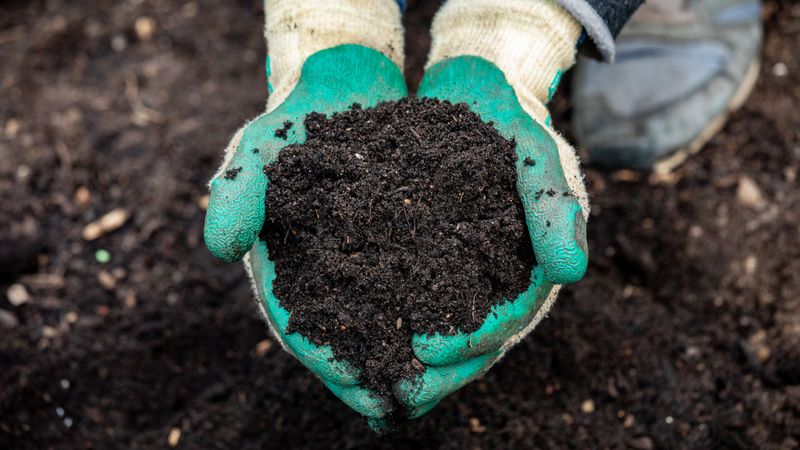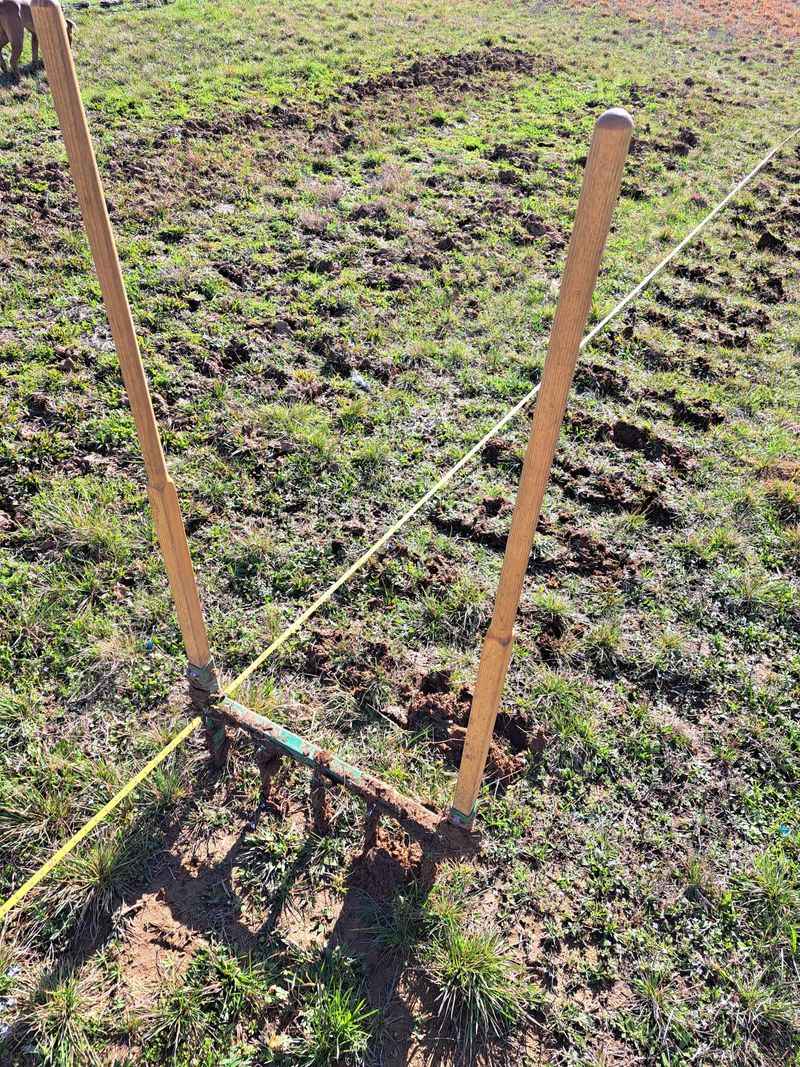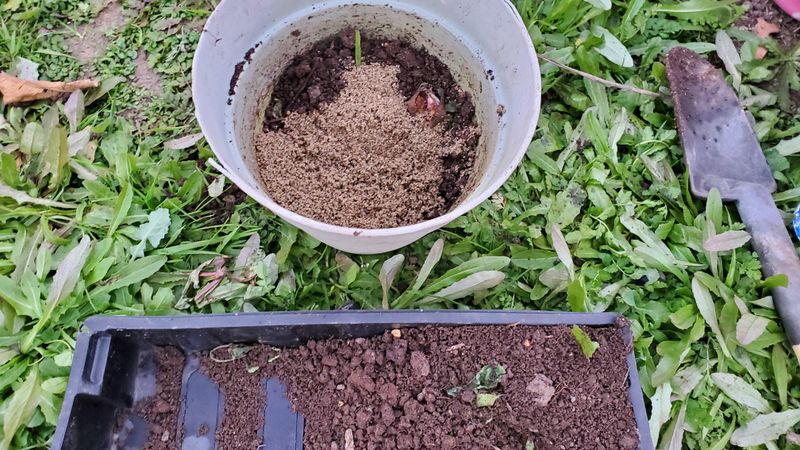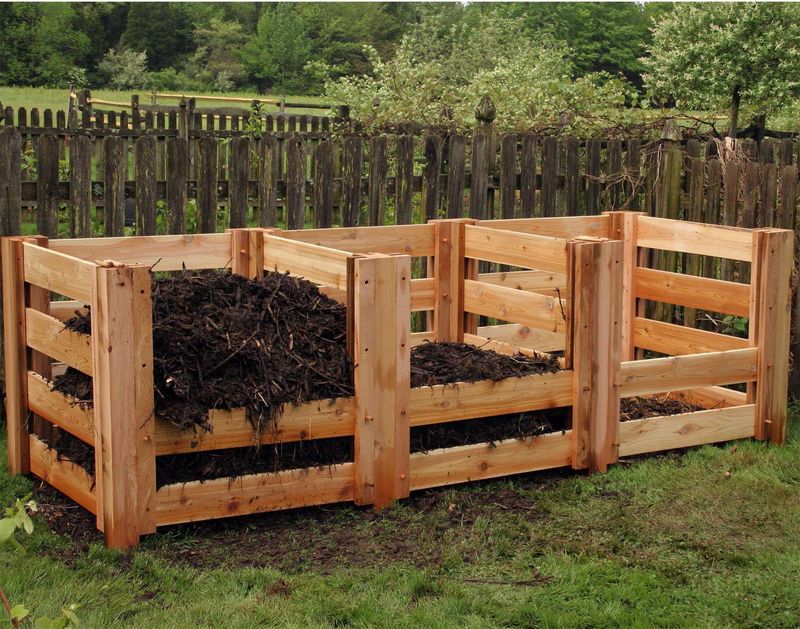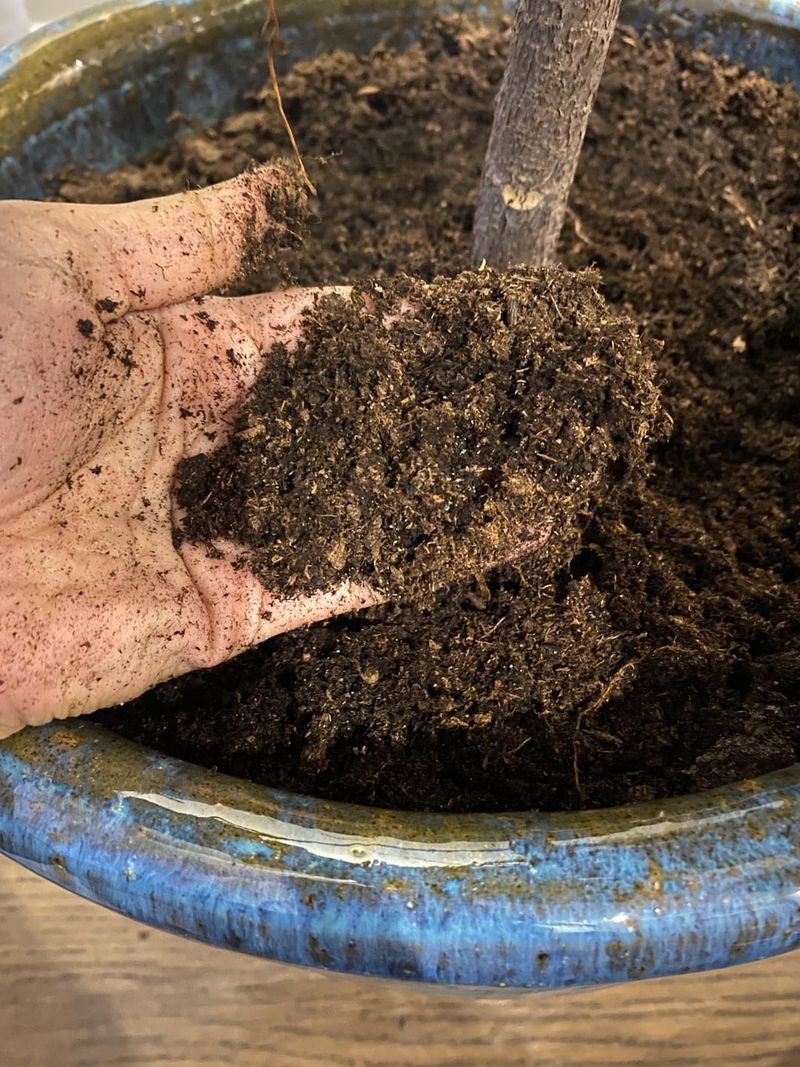If you’ve ever baked a cake and accidentally swapped sugar for salt (guilty!), you know how important the right ingredients are. Well, the same goes for gardening—only instead of flour and eggs, we’re talking soil.
When I first started gardening, I honestly thought all dirt was the same. I grabbed a random bag from the store, crossed my fingers, and hoped for the best. Spoiler alert: my plants were not impressed. But I finally realized just how much of a game-changer good soil can be.
So, if you’re just starting out or looking to give your plants a serious upgrade, I’ve put together some helpful tips I wish I knew earlier. Let’s see what makes soil “good” and how to pick the best kind for your specific garden needs.
1. Understand Your Soil Type
Every gardener should start by understanding their soil type. Is it sandy, clay, or loamy? Each type has unique properties that affect plant growth.
For instance, sandy soil drains quickly, while clay holds water tightly. Testing your soil texture can inform what amendments or plants will thrive best in your garden.
2. Check The pH Levels
The soil’s pH level is crucial for plant health. Most plants prefer a slightly acidic to neutral pH. Testing your soil’s pH with a simple kit can reveal if you need to adjust it.
Lime can raise pH, while sulfur can lower it. Ensuring the right pH helps plants absorb nutrients effectively.
3. Assess Nutrient Content
Nutrients like nitrogen, phosphorus, and potassium are essential for plant growth. Conducting a soil nutrient test can highlight deficiencies.
If your soil lacks nutrients, adding organic matter like compost can enhance its fertility.
A well-fed soil ensures robust plant growth and bountiful harvests, making this step vital for gardeners.
4. Organic Matter is Key
Adding organic matter improves soil structure and fertility. Compost, decomposed leaves, or aged manure can enrich the soil, boosting its ability to retain moisture and nutrients.
This creates a hospitable environment for plant roots. Regularly incorporating organic matter is a cornerstone practice for successful gardening.
5. Consider Soil Drainage
Proper drainage prevents water from sitting around plant roots. To test drainage, dig a hole and fill it with water.
If it drains within a few hours, your soil has good drainage. Poorly draining soil can lead to root rot. Amending with sand or organic matter can improve drainage.
6. Texture Influences Growth
Soil texture affects how well roots can penetrate and access nutrients. Fine-textured clay soil might need sand to improve structure.
Coarse sandy soil benefits from added organic matter. Balancing texture ensures roots have the space and resources to grow.
Understanding and amending texture can lead to healthier plants.
7. Look For Living Organisms
Healthy soil teems with life, from earthworms to beneficial bacteria. These organisms break down organic matter, releasing nutrients.
A lively soil supports plant health. Encourage beneficial organisms by avoiding harsh chemicals and embracing organic gardening practices.
Their presence indicates a thriving, balanced soil ecosystem.
8. Mind The Soil Structure
Soil structure refers to how particles group together. Well-structured soil allows air and water to move freely, supporting root growth.
Compacted soil can restrict root expansion. Regularly loosening soil with tools like a garden fork can maintain structure.
A good structure promotes a healthy, productive garden.
9. Avoid Soil Compaction
Compacted soil restricts root growth and water movement. Heavy foot traffic or machinery can compact soil.
To alleviate compaction, aerate the soil with tools like a garden fork. This improves air and water penetration, aiding plant health.
Ensuring loose soil creates an environment where roots can thrive.
10. Choose Local Soil Amendments
Local soil amendments often suit regional soil needs. They can improve soil quality and support local ecosystems.
Buying local also reduces carbon footprint. Familiarize yourself with amendments like local compost or mulch.
These can enhance your soil’s fertility and structure, supporting a healthy garden environment.
11. Incorporate Cover Crops
Cover crops like clover or rye prevent erosion and improve soil health. They add organic matter and fix nitrogen, enriching the soil.
Plant them during off-seasons to keep soil healthy year-round. Their roots can also break up compacted soil, enhancing structure and fertility.
A cover crop is a gardener’s secret weapon!
12. Observe Water Retention
Understanding how well your soil retains water is essential. Too much retention can lead to soggy roots, while too little leaves plants thirsty.
Using a moisture meter helps monitor levels. Amending soil with organic matter or sand can adjust retention properties.
Balancing water retention optimizes growing conditions for plants.
13. Utilize Mulching Techniques
Mulching conserves moisture, suppresses weeds, and enriches soil. Organic mulches like straw or wood chips break down over time, adding nutrients.
Spread mulch around plants to shield roots and retain water.
This simple technique enhances soil conditions and supports plant health, making it a staple in gardening practices.
14. Test For Heavy Metals
Heavy metals can contaminate soil, posing a risk to plants and humans. Testing soil for metals like lead or cadmium ensures safety.
If detected, avoid growing edibles or take remediation steps. Knowing your soil’s safety profile protects both your garden and health.
It’s a crucial, often overlooked aspect of garden planning.
15. Explore Soil Amendments
Amendments like peat moss, vermiculite, or perlite tailor soil properties. They can improve drainage, aeration, or nutrient content.
Choosing the right amendment depends on your soil’s needs. Experimenting with different amendments can optimize growing conditions, aiding plant health and productivity.
They’re versatile tools for any gardener.
16. Balance Soil Microbes
Soil microbes play a pivotal role in nutrient cycling and plant health. Balancing microbial populations boosts soil fertility.
Avoiding harsh pesticides and using organic fertilizers supports microbial life. Healthy microbial communities improve soil structure and nutrient availability, fostering a thriving garden environment.
They’re invisible partners in your gardening efforts.
17. Identify Soil Color
Soil color can hint at its composition and fertility. Dark, rich soil often indicates high organic content, while pale soil may lack nutrients.
Observing changes in soil color can signal the need for amendments. It’s a simple, visual cue to assess soil health, guiding gardeners in maintaining optimal growing conditions.
18. Recognize Soil Smell
A healthy soil often has a pleasant, earthy smell, like a forest floor after rain. This aroma can indicate good microbial activity.
Foul or chemical odors might signal contamination or imbalance. Trusting your nose can be a quick, sensory check of soil health. It’s a natural way to connect with your garden’s wellbeing.
19. Use A Soil Testing Kit
A soil testing kit provides a detailed insight into your garden’s health. It can reveal pH levels, nutrient content, and contamination risks.
Regular testing helps tailor soil management practices. Kits come in various complexities, suitable for beginners to experts.
They’re an invaluable tool for maintaining a productive gardens.
20. Learn Local Soil History
Understanding local soil history can inform gardening decisions. Past land use, such as agriculture or industry, affects soil composition and contamination risks.
Historical maps and records offer insights into soil changes over time.
This knowledge helps gardeners anticipate challenges and optimize soil management strategies.
21. Adopt No-Till Gardening
No-till gardening preserves soil structure and reduces erosion. By minimizing soil disturbance, it supports beneficial organisms and moisture retention.
Mulching and cover crops complement no-till practices. This method fosters a natural balance, enhancing soil health and plant resilience.
It’s a sustainable approach for eco-conscious gardeners.
22. Use Raised Garden Beds
Raised garden beds offer control over soil quality and drainage. They warm up faster in spring, extending the growing season.
Filled with a tailored soil mix, they prevent compaction and provide excellent root space. Raised beds are ideal for urban or small-space gardening, offering flexibility and accessibility.
They’re a versatile option for enhancing garden productivity.
23. Experiment With Soil Amendments
Experimenting with amendments helps fine-tune soil properties. Different plants may prefer varied conditions, so testing amendments like lime, sulfur, or biochar can optimize soil health.
Observing how your garden responds to changes fosters a deeper connection with your soil’s needs.
This hands-on approach encourages learning and adaptability in gardening.
24. Create A Composting System
Building a composting system recycles organic waste, enriching soil. Compost adds nutrients, improves structure, and supports microbial life.
Creating a system can be simple, like using a bin or pile. Regularly turning compost accelerates decomposition.
This sustainable practice benefits both your garden and the environment.
25. Consult With Local Experts
Consulting experts provides personalized advice on soil management. Local garden centers, extension offices, or clubs offer valuable insights tailored to your region.
They can recommend suitable plants, amendments, or practices. Engaging with local experts connects you with a community of gardeners, enriching your gardening journey.

